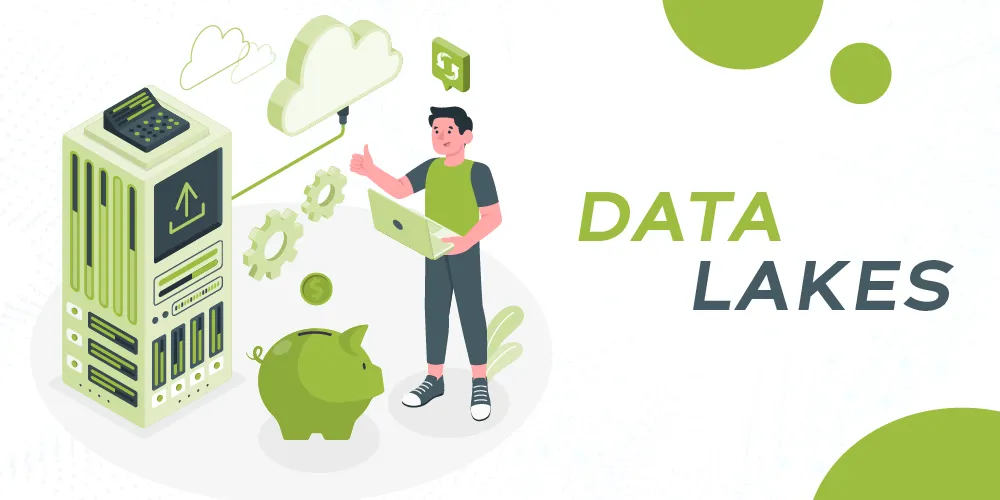Introduction:
In the complex, digitized world of modern business, data has risen to be the most valuable asset. From decision-making to trend forecasting, businesses rely on data to drive growth, improve customer satisfaction, and outpace competitors. However, as the volume, velocity, and variety of data grow exponentially, organizations are faced with the challenge of managing and integrating this data effectively. Enter data lakes: a solution that offers not only improved data integration but also significant cost savings.
Data Lakes – A Brief Overview:
Simply put, data lakes are storage repositories designed to hold a vast amount of raw data in its native format until it is needed. Unlike data warehouses, which house structured, processed data, data lakes store unstructured and semi-structured data, facilitating more comprehensive data analysis and providing businesses with more accurate insights.
The Costly Nature of Point-to-Point Integrations:
Before the rise of data lakes, businesses relied heavily on point-to-point integrations between different IT systems to share and access data. This approach, although capable of solving immediate data accessibility issues, proved expensive in the long run. Each new integration represented a new cost, not to mention the additional maintenance expenses. Furthermore, point-to-point integrations often result in data silos, hampering the smooth flow of data across the organization.
Investing in Data Lakes for Cost Savings:
The investment in a data lake eliminates the need for multiple point-to-point integrations, leading to significant cost savings. How does this work? Instead of creating numerous individual connections between different systems, data from all these systems is pooled into the data lake. This approach drastically reduces the costs associated with data integration. It also offers enhanced scalability compared to traditional methods, as data lakes are designed to handle large volumes of data from various sources without significantly increasing costs.
Data Lakes: A Key to Unlock Your Data:
The beauty of a data lake extends beyond cost savings. By bringing together data from various sources into a single, centralized repository, data lakes “free” your data. This freedom refers to the data’s accessibility and usability across the organization, promoting collaboration and data-driven decision-making. By investing in a data lake, you’re effectively investing in an asset that will continue to deliver value by leveraging your data in new, innovative ways.
Conclusion:
As data continues to grow in volume, variety, and velocity, the need for cost-effective data integration solutions becomes increasingly paramount. Data lakes represent a transformative solution to this challenge, offering both significant cost savings and enhanced data accessibility. If your business has not yet considered implementing a data lake, now may be the perfect time. Free your data, invest in a data lake, and unlock the true potential of your business’s most valuable asset.










